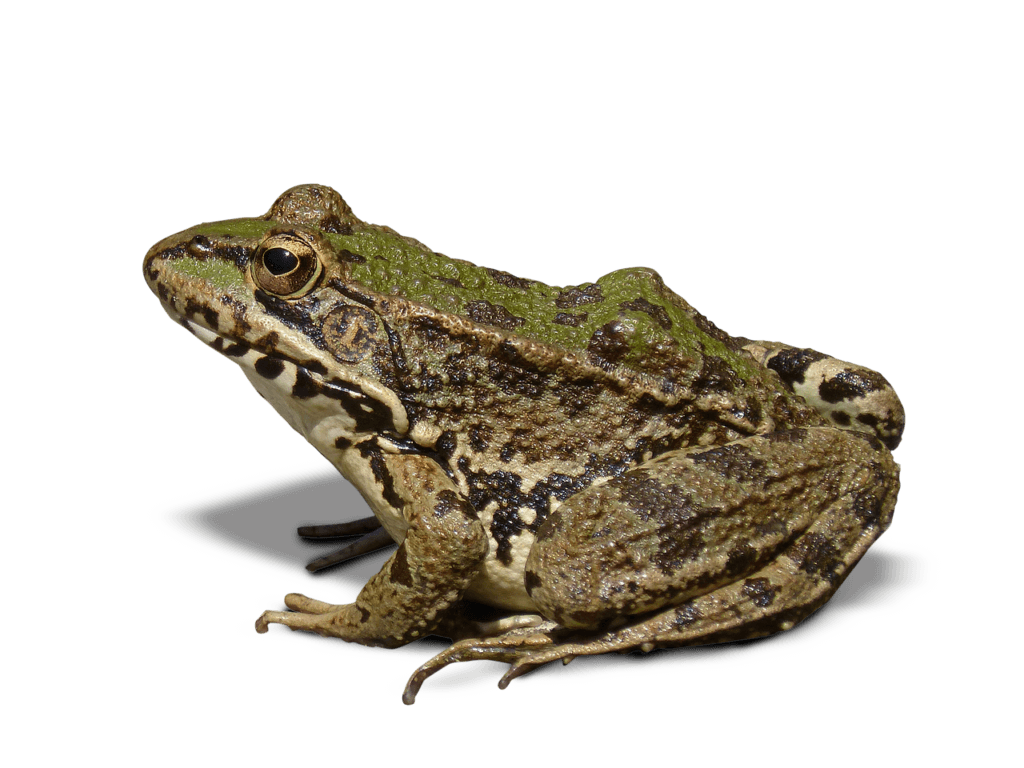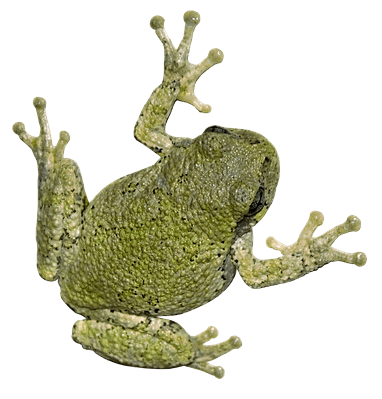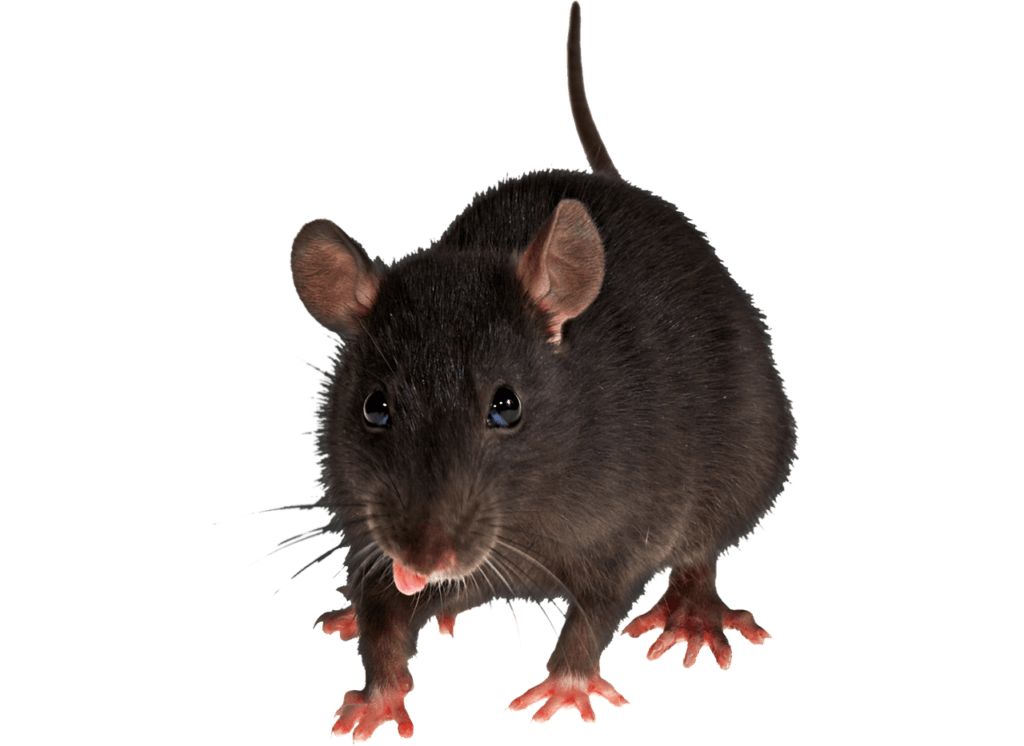
Mission Statement

What Is the RAISE Coalition?
The Replacing Animals in Science Education (RAISE) Coalition is working to end the use of animals in classrooms based on educational, ethical, environmental, and student-safety factors. It supports and empowers school districts to embrace the exclusive use of modern, non-animal dissection teaching methods through district policies and legislation.

The RAISE Coalition is a vast network of educators, experts, and other professionals aimed at encouraging state legislatures and school districts to pass laws and establish policies, respectively, requiring the exclusive use of superior, non-animal methods for dissection activities in schools. The most widespread exploitation of animals in schools is dissection in life science and biology classrooms. The RAISE Coalition is focused on modernizing education by replacing the dissection of animals in science classes—which comes with serious moral, environmental, and safety concerns—with more effective, ethical, and economical animal-free instructional resources such as interactive dissection software programs and realistic dissectible models. States and districts that establish these policies are taking positive action to improve science education methods and learning outcomes, end animal exploitation in schools, and boost equity for all students by removing a learning barrier for those who have ethical concerns about animal dissection. PETA is building a network of support for this initiative, and we invite you to join our coalition. We value support from leaders in many different fields and hope you’ll give your endorsement to help improve education for students while preventing animals from being killed for dissection activities in schools.
Research
The case for moving away from the dissection of once-living animals is compelling, as using non-animal resources does the following:

Spares animals and aligns with principles of social-emotional learning
Interactive software programs and realistic dissectible models avoid the ethical pitfalls of killing animals for science education and are more inclusive and trauma-free.
Promotes women in STEM
Studies show that as many as 25% of secondary students object to dissecting animals and that it can even turn some—particularly female students—away from taking science classes and pursuing careers in biology and the medical field.
Enhances learning
Students who use animal-free dissection tools perform better in learning assessments than those who dissect animals, according to peer-reviewed literature.
Improves safety and efficiency
Advantages of non-animal dissection resources include little or no setup or cleanup, no toxic preservative chemicals (e.g., formaldehyde), an ability to be customized, and—unlike dead animals—repetition for learning purposes.
Cuts costs
Interactive dissection software programs have financial advantages over using once-living animals.

Key Points

- Modern science curricula and standards don’t require or refer to the use of animal dissection. The College Board (AP Biology), the International Baccalaureate program, and the Next Generation Science Standards make no mention of animal dissection.
- Non-animal teaching methods include interactive computer programs, high-quality videos, and lifelike models.
- U.S. and Canadian medical schools no longer use animal dissection to teach students, and no U.S. medical schools expect or require incoming students to have participated in animal dissection. Non-animal methods can better prepare students for higher learning and medical school.
- Animals used for dissection do not die of natural causes. Many animals killed for dissection are taken from nature, which in turn decimates wild populations and disrupts ecosystems. The U.S. Department of the Interior has stated that declines in amphibian populations can be attributed in part to the use of amphibians for dissection in science classes.

- The official position statement of the National Science Education Leadership Association discourages the use of dissection as an instructional strategy in science/STEM classes and acknowledges the educational effectiveness of non-animal teaching resources.
Dissection Policy
All science instructional materials and methods obtained for biological dissection and experimentation in K–12 schools shall be non-animal in origin. No dissection shall be performed on any once-living animal or on parts obtained from any once-living animal, either vertebrate or invertebrate.
Join Now
Help raise the bar on science education—e-mail us at RAISE@peta.org to join the coalition to end the use of animals in the classroom.


